
views
Providing Tools and Support For Independence

Provide adaptive tools for daily tasks. One of the easiest ways to promote independence is to give people the equipment they need to complete simple movements or tasks. For instance, providing residents with reaching tools can allow them to grab items on their own that they otherwise could not reach. For example, giving a person with limited stretching and bending ability a dressing stick or grabber can help them dress themself.
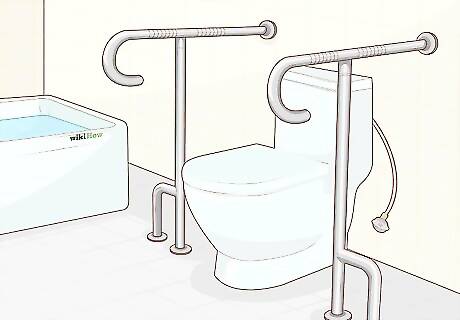
Install adaptive equipment in the resident's room. In addition to using simple tools, some equipment can be installed that will help a person to be independent. For example, installing handrails in a shower and next to a toilet may help a resident to shower and go to the bathroom on their own without a huge risk of injury. Other examples of adaptive equipment that can be installed include toilet seat lifts, shower benches, ramps, and electric hospital beds.
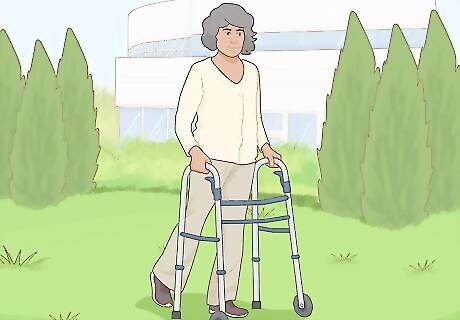
Provide mobility equipment. In some cases, residents in care can benefit from mobility equipment that allows them to move on their own, such as walkers and motorized wheelchairs. Even residents that can walk may be able to be more independent if they have access to a scooter or other mobility aid.
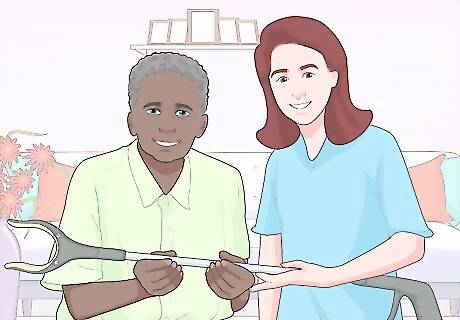
Encourage residents to use adaptive tools and equipment. There are typically a variety of daily tasks that people in residential care can and should do themselves. While you can't force someone to use the tools you provide that make these tasks easier, you can gently encourage them to use them. This can help the resident gain the confidence they need to do the tasks themself. While it is an important part of independence to allow residents to decide what they will and will not do, it can be very beneficial to give support and encouragement. You need to walk a fine line here between being overbearing and giving the person the encouragement and self esteem they need to be more independent.
Encouraging Physical Activity
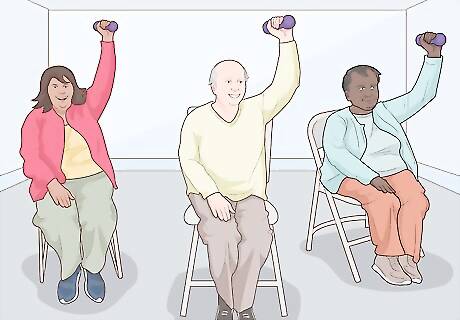
Encourage daily physical activity and exercise. Daily activity can strengthen a body and allow someone to move more independently. Even if a person has physical limitations, they should still get some level of physical activity every day. This can range from small movements or walking a few feet to a variety of exercises, including yoga and water exercise. Daily exercise gives people a boost to their physical strength and can also be a lively social activity. Try to encourage exercise options that are social as well as physical.

Provide access to a variety of physical activities. Encouraging independence should include giving people the ability to do a wide variety of activities for fun. Providing a wide variety of activities, such as gardening, taking walks, and dancing, will potentially give a resident physical and mental stimulation and will encourage independence. This could include having activities at the care center and providing transportation and support to do activities outside of the facility. Weekly (or more often) group outings are a good way to provide access to physical activities outside of the facility. These outings can be to a wide variety of places, including shopping areas, nature areas, historical points of interest, or other locales nearby.
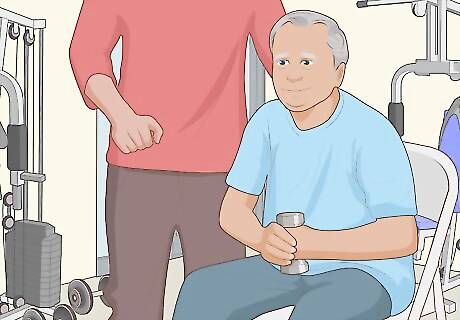
Make sure physical activities are approved. While encouraging independent physical activity is important, it's imperative to make sure that the activities you encourage will not cause physical harm. Take the resident's physical limitations into consideration when planning activities. In general, prioritize low-impact exercise, such as gardening or walking, over high-impact exercise, such as running.
Improving Social Independence

Encourage social interaction. There should be a variety of ways that residents in a residential care facility can interact with each other of their own accord. For instance, meals are a key time when a resident can interact with others and form independent relationships with others. Additionally, having areas in the facility where people can watch TV, read, or simply sit together can give people an opening for social interaction. Some people in residential care may need help getting to an area where they can interact with others. However, it is typically worth the effort to get them there if they have the opportunity to interact with others.
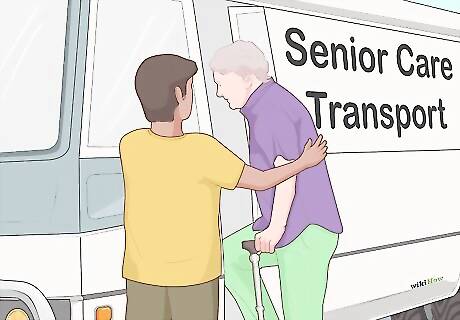
Make maintaining relationships as easy as possible. When someone moves into a residential care center, it can be hard for them to keep long-standing relationships going. However, providing transportation to visits with old friends and encouraging guests in the facility can go a long way towards the resident maintaining the relationships they have with other people.
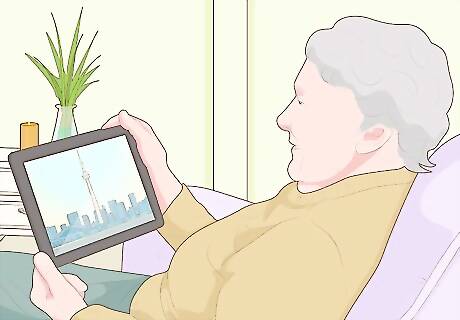
Provide access to technology that enables interaction. If a resident is bedridden or unable to leave their room, they can still interact with others out in the world. Investigate types of technology that can help them get some interaction with others, such as a computer or tablet with connection to the internet. It may be necessary to provide the resident with training on the technology you are providing. Make sure they know how to use it proficiently so they can use it even when you are not around.














Comments
0 comment